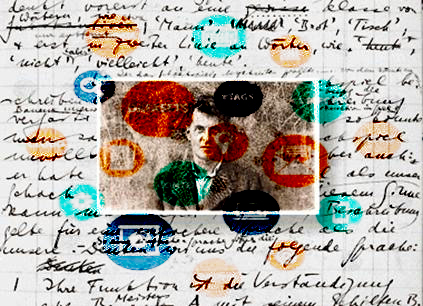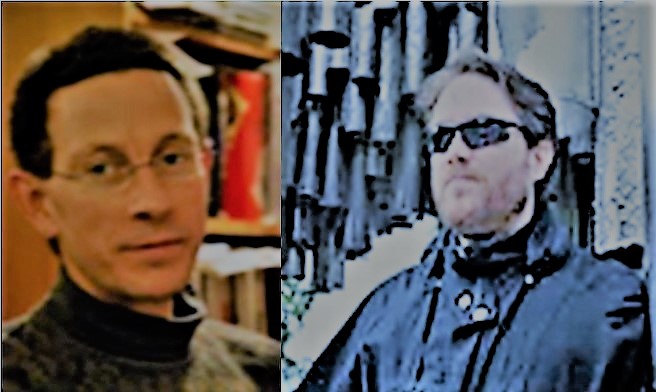Tractarian Logic and Semantic Technologies Erik Thomsen
Giovanni Mion
From voice recognition and natural language processing, to semantic interoperability and automated reasoning, semantic technologies are the latest and quite possibly last frontier in information science. From banking to defense, the modern world runs on semantic technologies. Semantic technologies find the best route, identify friends, make economic predictions, and translate languages. Yet, they do not stand on their own. Rather they are grounded in the more abstract world of logic which focuses on such issues as propositional form, well formedness, substitution criteria, quantification, logical grammars and certainty versus probability.
Early computer science pioneers were well versed in the logic models inspired by Boole, Frege and Russell; (and later by Carnap, Church, Tarski and Quine to name but a few) - what became classical first order logic ‘FOL’. As a result, semantic technologies such as Relational Databases, Natural Language Processing and OWL (the predominant model for semantic/knowledge representations) were all grounded in FOL. However, the intellectual lineage that became FOL, was not without its opponents; almost from the beginning. The Cambridge of pre-war England was also home to Ludwig Wittgenstein whose Tractatus provided, in significant respects, an alternative approach to logic from that espoused by Russell. The divide between Russell and Wittgenstein still lives today. And it is of supreme relevance to both theoretical and applied logicians because it points to unanswered foundational issues in logic AND practical consequences stemming from foundational problems. Moreover, semantic technologies have been evolving, based on empirical feedback, in directions that make them look less classical; rather more non-classical – specifically, Tractarian
So what was Wittgenstein’s Tractatus really about? And what makes it relevant today? Though written in a dense and aphoristic style, the Tractatus dealt squarely with many of the foundational issues that must be addressed by any semantic technology including:
1. Boundaries between lexical and semantic processing….
2. Boundaries between abstract typing systems and semantic types
3. The structure of knowledge
4. The interplay of formal and probabilistic reasoning
5. Meaning versus reference
6. Saying versus exemplifying/showing
|
The tutorial is thus divided into three sections:
I. In the first section, we describe how Wittgenstein’s logic in the Tractatus (and his lectures from the early 1930s) differs from what became absorbed into consensus first order logic FOL. Towards that end we will revisit the Tractatus in the light of Wittgenstein’s lecture notes from 1930 where he first rearticulated central points in the Tractatus having had ten years to think about them. We will look in depth at several passages in the Tratatus in this light including 2.0131, 3.314, 3.333, 3.342, 4.0312, 4.1272 and 5. II. In the second section, we make the link to show where Wittgenstein’s ideas about logic are relevant for the design of semantic technologies. We will focus on knowledge representation and natural language processing. For example, we will show that for Wittgenstein, all semantic technologies must be grounded in abstract typing systems. And logical operators link experiential (sense) propositions to molecular/composite representations. III. In the third section, we describe the limitations of current semantic technologies especially in the areas of natural language and multi-sensory (i.e., multi-modal) representation and how those limitations can be traced to limitations in the consensus understanding of first order logic FOL. Finally, we describe some current semantic engineering efforts in the fields of multi-domain semantic fusion and natural language understanding that are explicitly based on Tractarian logic. Bibliography
On Wittgenstein’s logic in the Tractatus
On semantic technologies:
Back to the 6th Universal Logic School ! | ||||

